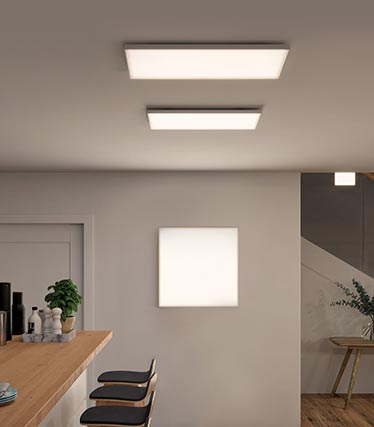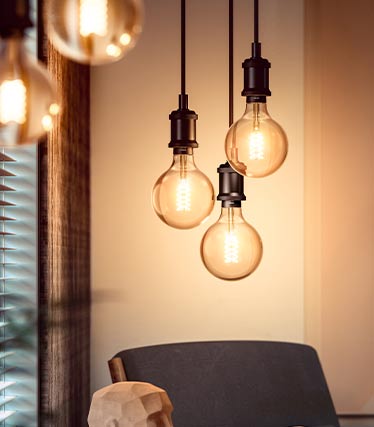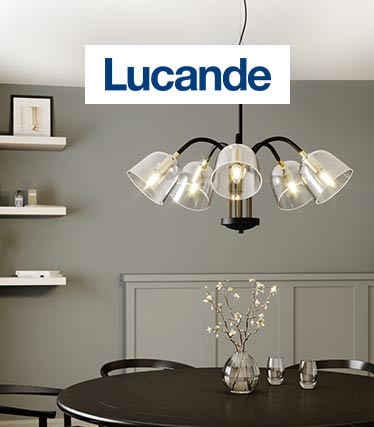The brightness of a light source can no longer be determined solely based on its energy consumption in watts due to variations in the luminous efficacy and processing quality of LEDs. Instead, the lumen value is now considered the standard reference for measuring brightness, which can be found in the product details of every LED outdoor light and LED light source.
For practical LED outdoor lights like wall lights, path lights, or outdoor ceiling lights, a brightness level of 500-1,000 lumens is generally desirable. Achieving this level of brightness typically requires an energy consumption of approximately 7-15 watts. In comparison, an incandescent bulb would consume around 40-75 watts to produce a similar level of brightness. This highlights the significant potential for energy savings offered by LED lighting solutions.
When it comes to outdoor decorative lights, there are no specific guidelines regarding brightness requirements. The main focus is on creating a beautiful lighting ambience. As a general rule, these lights typically emit around 10-20 lumens while consuming approximately 1 watt of energy. LED decorative lights designed for outdoor use often leverage solar energy as their power source, resulting in negligible electricity costs.
By utilising LED lighting technology and considering lumen values rather than wattage, both practical and decorative outdoor lighting options offer significant energy savings and enhanced lighting experiences.












































































:format(jpeg))
:format(jpeg))
:format(jpeg))
:format(jpeg))
:format(jpeg))